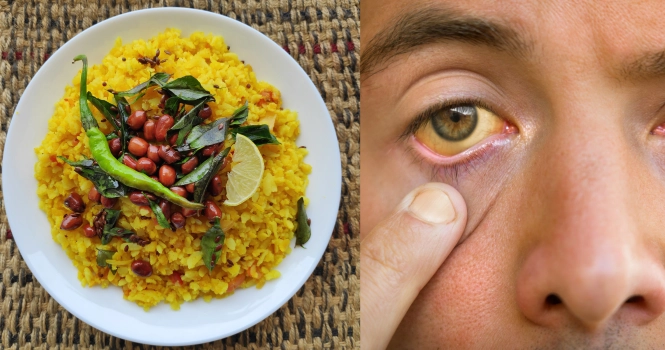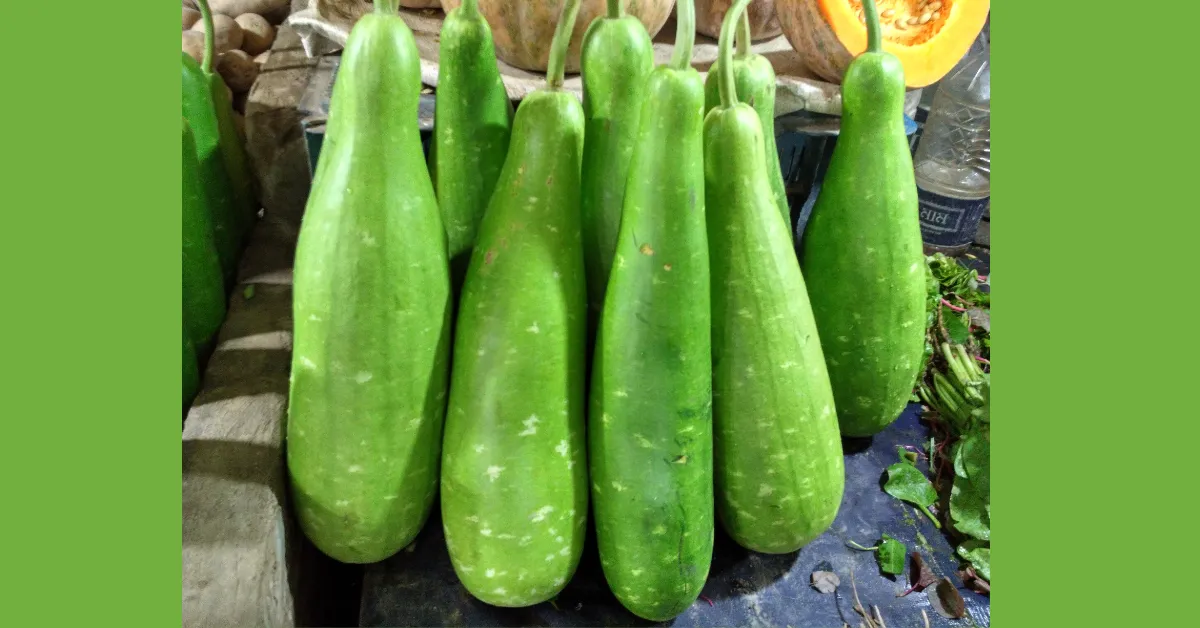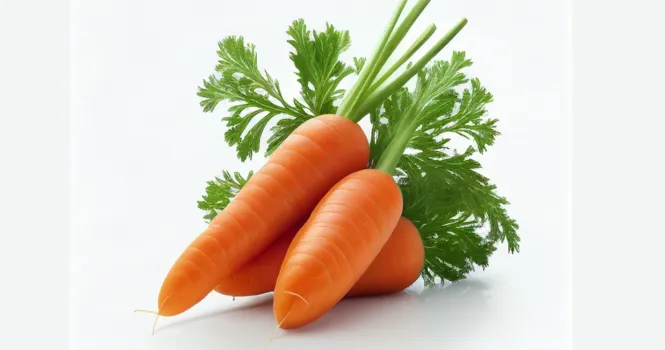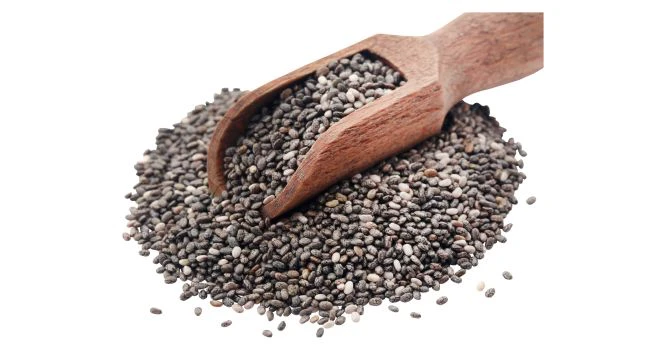Incorporating Poha Into a Jaundice Recovery Diet

Jaundice, characterized by the yellowing of the skin and eyes due to elevated bilirubin levels, often leads to dietary restrictions to aid recovery and ensure liver health.
Among various dietary considerations, the question of whether poha, a popular and light Indian dish made from flattened rice, is suitable for consumption during jaundice arises.
Let’s get a clear, comprehensible insight into incorporating poha into a jaundice recovery diet.
Understanding Poha
Poha, also known as flattened or beaten rice, is a staple in many Indian households, appreciated for its versatility and ease of preparation. It’s light on the stomach and can be made in various ways, catering to different taste preferences while offering nutritional benefits.
Is Poha Suitable for Jaundice Recovery?
When it comes to jaundice recovery, the focus is on consuming easily digestible and liver-friendly foods. Here’s why poha might be a good fit:
1. Light and Digestible: Poha is known for being easy on the stomach, making it a potential candidate for a jaundice recovery diet. Its light nature ensures that it does not overburden the liver or the digestive system.
2. Low in Fat: High-fat foods can be harder on the liver, which is already compromised during jaundice. Poha is naturally low in fat, making it a safer option during recovery periods.
3. Versatility: Poha can be prepared in a very simple, bland form, which is often recommended during jaundice to avoid stressing the liver with heavy spices or rich flavors.
Preparing Poha for Jaundice Recovery
To make poha suitable for someone recovering from jaundice, it’s essential to keep the preparation simple and devoid of any heavy spices, oils, or fried components. Here’s a basic recipe:
Ingredients:
- 1 cup poha (flattened rice)
- A pinch of salt (to taste)
- 1/2 teaspoon turmeric powder (optional, for its anti-inflammatory properties)
- 1 teaspoon olive oil or any light oil
- Water for rinsing and soaking poha
Instructions:
- Rinse the poha gently under running water, then soak it in clean water for about 2-3 minutes. Drain thoroughly to remove excess water.
- In a non-stick pan, heat a teaspoon of oil. Add the turmeric powder if using, for its antioxidant properties, which can be beneficial for liver health.
- Add the softened poha to the pan with a pinch of salt. Mix gently and heat through without frying.
- Serve the poha warm, ensuring the portion is moderate to avoid digestive stress.
During jaundice recovery, the diet should be tailored to support liver function and promote healing, with a focus on light, easily digestible foods.
Poha, when prepared in a simple, non-spicy, and low-fat manner, can be included in the diet of someone recovering from jaundice. However, it’s crucial to individualize dietary choices based on personal health, tolerance levels, and the advice of a healthcare provider.
Always consult with a doctor or a dietitian to create a diet plan that’s right for your specific condition and recovery stage.
Remember, the key to including poha in a jaundice recovery diet is in its preparation—keep it simple, light, and in moderation to aid in your recovery process without overwhelming the liver.












